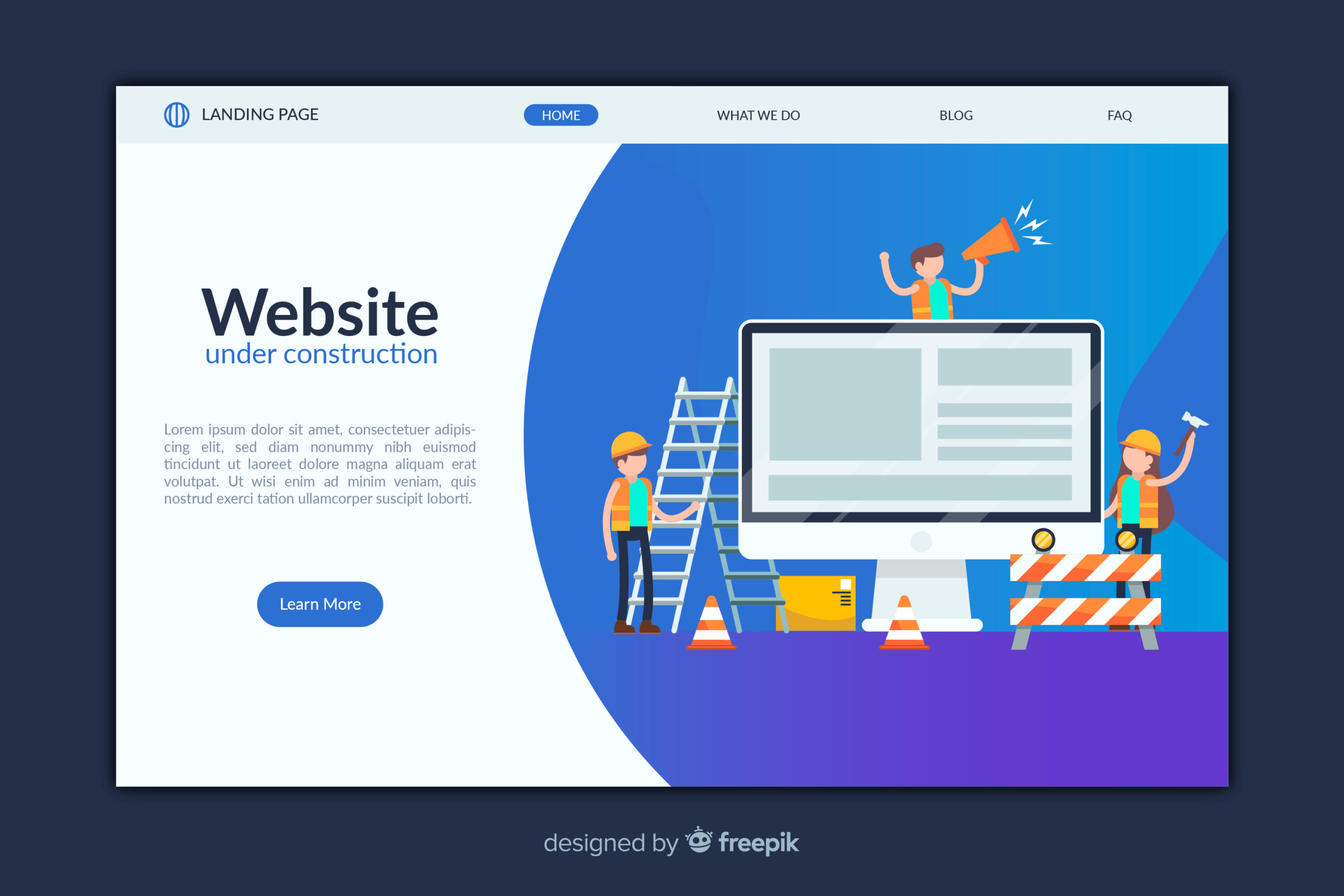In the world of digital products, change is constant. But great products don’t just change—they evolve thoughtfully, maintaining the trust they’ve built with users while introducing new possibilities. Behind this delicate balance lies a practice that rarely gets the spotlight: strategic versioning.
Versioning might sound like developer territory—something buried in GitHub commits or app store release notes—but it’s actually a fundamental UX principle that shapes how people experience digital evolution.
Beyond the Numbers
When most people hear “versioning,” they think of version numbers: V1.0, V2.3.1, and so on. But effective versioning is less about numbers and more about narrative—it’s the story of how a product grows without losing its soul.
“The best product evolutions are ones users barely notice happening,” explains Sarah Morgan, Designer at VERSIONS. “When you upgrade smoothly from one experience to the next without disruption, that’s versioning done right.”
Consider how different the experience feels when:
- You open an app to find everything you relied on has suddenly moved or changed
- Versus when new capabilities appear naturally alongside familiar workflows
The difference isn’t just technical implementation—it’s thoughtful version planning that respects user relationships with the product.
The Invisible Architecture
Successful versioning creates an invisible architecture that supports:
- Contextual Updates: Introducing new features when and where they make sense to users
- Graduated Learning: Allowing users to adopt capabilities at their own pace
- Trust Preservation: Maintaining predictability even as the product advances
- Experience Continuity: Ensuring the product still feels like itself through change
This approach requires teams to think beyond the traditional development cycle. Instead of simply pushing the latest features, they orchestrate a series of thoughtful transitions that maintain user comfort while opening new possibilities.
When Versioning Goes Wrong
The costs of poor versioning are painfully visible. Consider the infamous cases of redesigns that sparked user revolts, interface overhauls that tanked productivity, or updates that broke crucial workflows. These failures stem not from change itself, but from changing too much, too quickly, without the proper transitional architecture.
“Users don’t resist improvement—they resist disorientation,” notes Chen. “When everything shifts at once, you’re essentially asking people to relearn a tool they already knew how to use.”
The UX of Transitions
Smart product teams recognize that transitions between versions deserve as much design attention as the versions themselves. This means creating:
- Thoughtful onboarding that highlights meaningful changes
- Temporary wayfinding elements that bridge old and new mental models
- Safety nets like reversion options or parallel experiences during transition periods
- Clear communication about what’s changing and why it matters
This transitional UX thinking turns potentially jarring updates into seamless evolutions that users actually appreciate.
From Maintenance to Strategy
For forward-thinking organizations, versioning has moved from a maintenance practice to a strategic advantage. It’s no longer just about organizing code or planning releases—it’s about designing the entire evolution of a digital experience.
When done well, strategic versioning enables teams to:
- Test bold ideas without disrupting core experiences
- Gather feedback on specific changes with perfect clarity
- Roll out improvements gradually based on actual usage patterns
- Build long-term relationships with users based on predictability and respect
In an era where digital experiences are constantly in flux, mastering the art of versioning might be the most underrated skill in the product development toolkit. It’s the difference between products that change and products that thoughtfully grow with their users—maintaining hard-won trust while still embracing the future.




